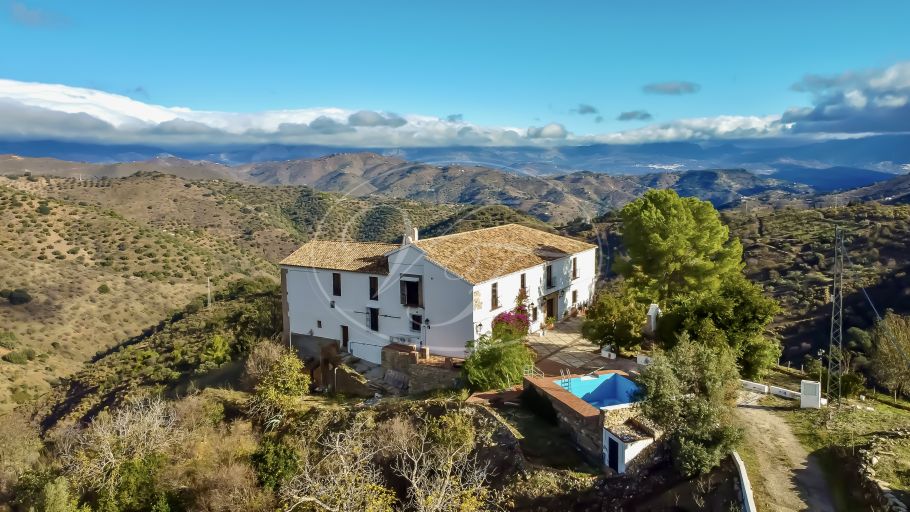Dear readers, today is a very important day. Today we celebrate the most exquisite, fine, popular and historic dish of the entire Spanish gastronomy. On July 21st, we celebrate International Gazpacho Day! Gazpacho is so well known that people from every corner of the world know what to order when they come to Spain, and especially Andalucía.
The unrevealed secret
Usually, when it comes to historic facts we know how to defend ourselves. But with this one, I’m afraid I’m going to have to let you down. Historians themselves don’t really know when it originated. What historians and every other person in Andalucía do know, however, is that Gazpacho originated here on our lands: in Andalucía. Anyone who says otherwise does not know what they are talking about. Think about it, it’s called Gazpacho Andaluz for a reason. What is and probably will remain a mystery, is whether it originated in Málaga, Cádiz, Córdoba, Sevilla… who knows which one of the 8 provinces it originated in! We’ll call this one of the biggest unrevealed secrets of this country.
There is one interesting fact that might shake you up a bit. How we know this delicious dish today, could not have existed until roughly 1540, almost 500 years ago. The reason is because it was then when tomatoes, alongside sweet corn, potatoes and other ingredients were introduced in Spain. These ingredients came from South America, crossed the entire ocean, and were introduced in the Peninsula. What is even more fascinating is that there is some evidence that a tomato-less gazpacho existed before 1540!

The tomato-less Gazpacho
Tomato-less gazpacho? Water, bread, olive oil, vinegar and garlic? Yes, that’s exactly right. Specific herbs such as Serpol, wild thyme basically were used in the recipe. The aroma and flavour of the serpol made the dish unique. This herb and others, are not commonly used anymore. The tomato-less gazpacho was true worker’s food, food for the “segadores”, farmers. They would make the most of the food that they had, and tried to make it as nutritious and filling as possible for the long and hot days in the fields harvesting.
Old and dry bread would be wetted with enough water so they could turn it into a watery paste by hand. In a spice mortar they would mix the garlic, the olive oil and vinegar. Again, manually, the bread paste was combined with the flavour and this combination became the base of what one day would become the most famous dish in the entire country.

Gazpacho Andaluz like we know it today
From 1540 onwards, after the tomatoes were introduced in Spain, the traditional recipe we know today came into existence. Since there was no kitchen aid back then, the workers would crush the old tomatoes with their hands to extract the juices and create some sort of a paste. Initially, it was just tomatoes that were added to the watery bread paste to make their meal more flavourful. Later on, cucumber was added to the recipe that made the dish fresher than ever!
Nowadays, people know what a true gazpacho is but our chefs still love to experiment! If you go to high-end restaurants, don’t be surprised if you find that they add other ingredients in their gazpacho. Examples I have seen are: cherry gazpacho, strawberry gazpacho, watermelon gazpacho and many more.
Feel free to experiment with the ingredients yourself and see what delicious combination you come up with. If you do try, I would love to know more about your culinary skills.
Life in Andalucía
Yes, life here is good. In fact, it is beyond good. The Andalusian Lifestyle is incomparable to anything else in the entire world. I wouldn’t change it for anything. And when summer comes, that delicious and fresh gazpachito will keep me cool, hydrated and nurtured! It just doesn’t get much better than this!

If you want a life in Andalucía too, contact me directly on [email protected] or call our office on +34 952 89 51 39 or our mobile on +34 608 577 696.
Stay hydrated, drink Gazpacho!
Danielle Ernstsen | 21st July 2024



